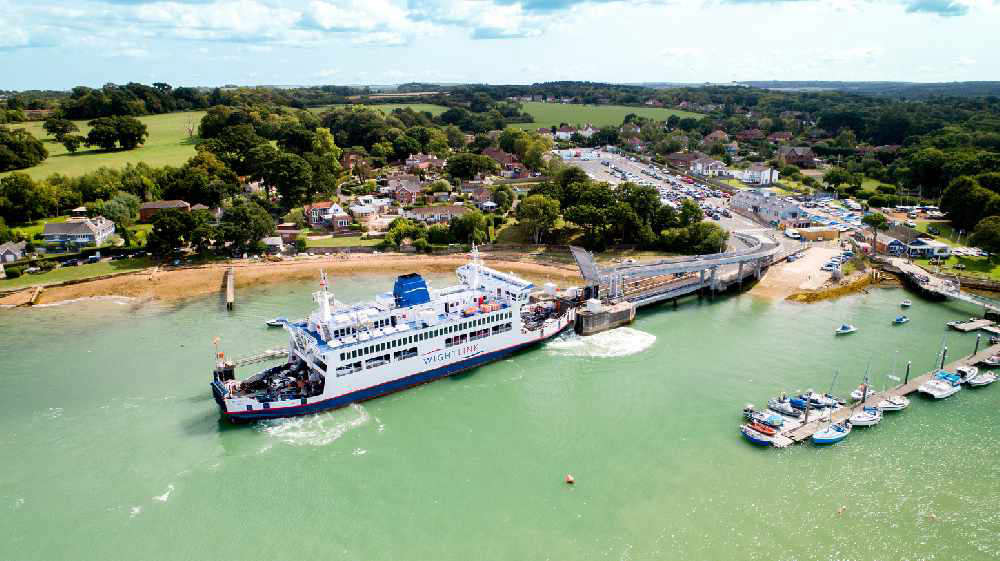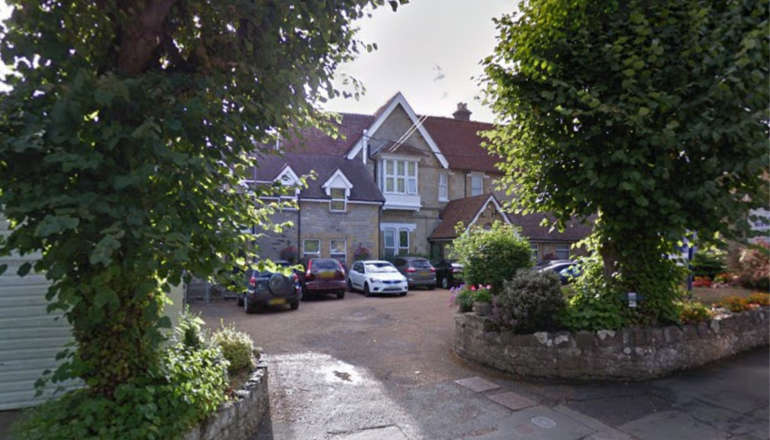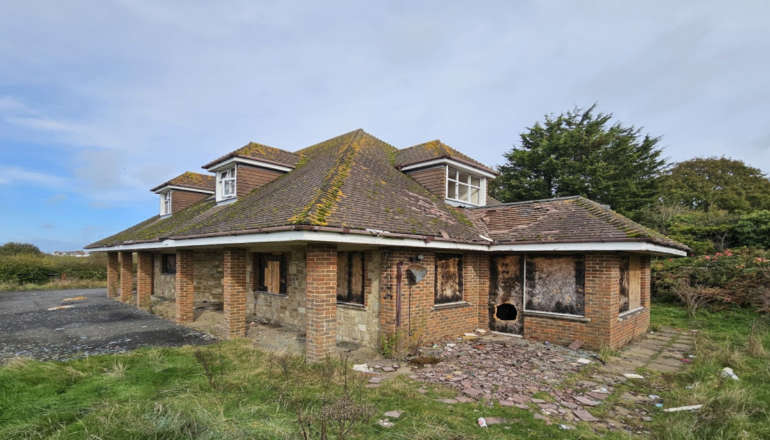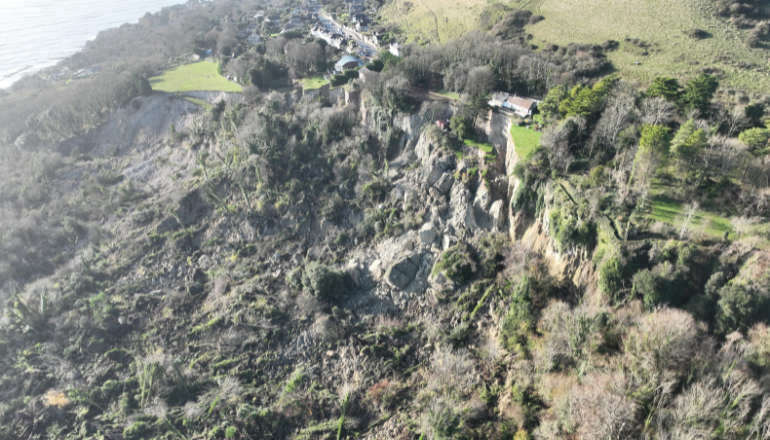Counting is under way in Ireland's general election.
But unlike the UK, it will take more than a few hours for all 174 seats to be filled - and much longer for a government to be formed.
Here's three things you should look out for as the votes are being counted.
1. The main parties' race to 88
That's the number needed for a majority in Ireland's lower house of parliament, the Dail.
But the three largest parties - Fianna Fail (FF), Fine Gael (FG) and Sinn Finn (SF) - have not fielded enough candidates to reach this, so they will be on the hunt for coalition partners.
In the last election, FF won 38 seats, SF picked up 37 and FG won 35 with much the same support that Friday's exit poll suggests.
The centre-right Fianna Fail and Fine Gael, who ruled in the last government with the Green Party, have vowed not to enter a coalition with the left-wing Sinn Fein.
So if the exit poll closely mirrors the final result, a FF-FG coalition looks likely - along with another party or independent candidates.
Explainer: How Ireland's election voting system works
But if Sinn Fein translates their support into significantly more seats than they picked up last time, it would put the party in a stronger negotiating position - and Mary Lou McDonald could still have an outside chance of becoming Ireland's first female taoiseach.
2. How the smaller parties fare
Ireland's electoral system - proportional representation by single transferable vote - means smaller parties pick up more seats than their UK counterparts.
On the left, there is Labour, the Social Democrats, the Greens - all on between 4% and 6% in the exit poll - as well as the People Before Profit-Solidarity alliance.
On the right, there is SF breakaway party Aontu and several newly formed far-right parties, the largest of which is Independent Ireland.
Read more: How Trump looms over Ireland's election
At least one of these groups is likely to form a government with FF and FG - depending on how many seats they pick up.
3. How the independent candidates perform
A quirk of Ireland's electoral system is the high number of independent candidates.
The exit poll put independents at 14.6% - meaning they are likely to win a significant number of seats. In 2020, independent candidates picked up 19 seats with 12.2% of the vote.
It's likely that a three-party coalition will still fall short of reaching the 88-seat threshold for a majority, so support from independents will become important.
In 2016, nine independents were members of the Fine Gael-led minority government, with three holding ministerial posts.
The independents come from across the ideological spectrum and often focus on hyper-local issues.

(c) Sky News 2024: What to look out for in Ireland's general election - with counting under way


 Latest sign of struggling industry as car production falls for eighth month in a row - SMMT
Latest sign of struggling industry as car production falls for eighth month in a row - SMMT
 Bank of England issues mortgage rate warning to 4.4 million homes and sounds Trump trade alarm
Bank of England issues mortgage rate warning to 4.4 million homes and sounds Trump trade alarm
 Assisted dying bill backed by MPs after emotional Commons debate
Assisted dying bill backed by MPs after emotional Commons debate
 Zelenskyy suggests 'hot phase' of Ukraine war could end in return for NATO membership if offered - even if seized land isn't returned immediately
Zelenskyy suggests 'hot phase' of Ukraine war could end in return for NATO membership if offered - even if seized land isn't returned immediately
 Russian and Syrian jets bomb Aleppo as rebels reportedly capture half of city
Russian and Syrian jets bomb Aleppo as rebels reportedly capture half of city



 Wightlink Releases Statement Regarding Suspended Services
Wightlink Releases Statement Regarding Suspended Services
 Changing Rooms: Shanklin Hotel Set For Upgrades
Changing Rooms: Shanklin Hotel Set For Upgrades
 'Plagued' Ryde Farmhouse Set For Demolition
'Plagued' Ryde Farmhouse Set For Demolition
 Leeson Road To Re-Open This Sunday
Leeson Road To Re-Open This Sunday